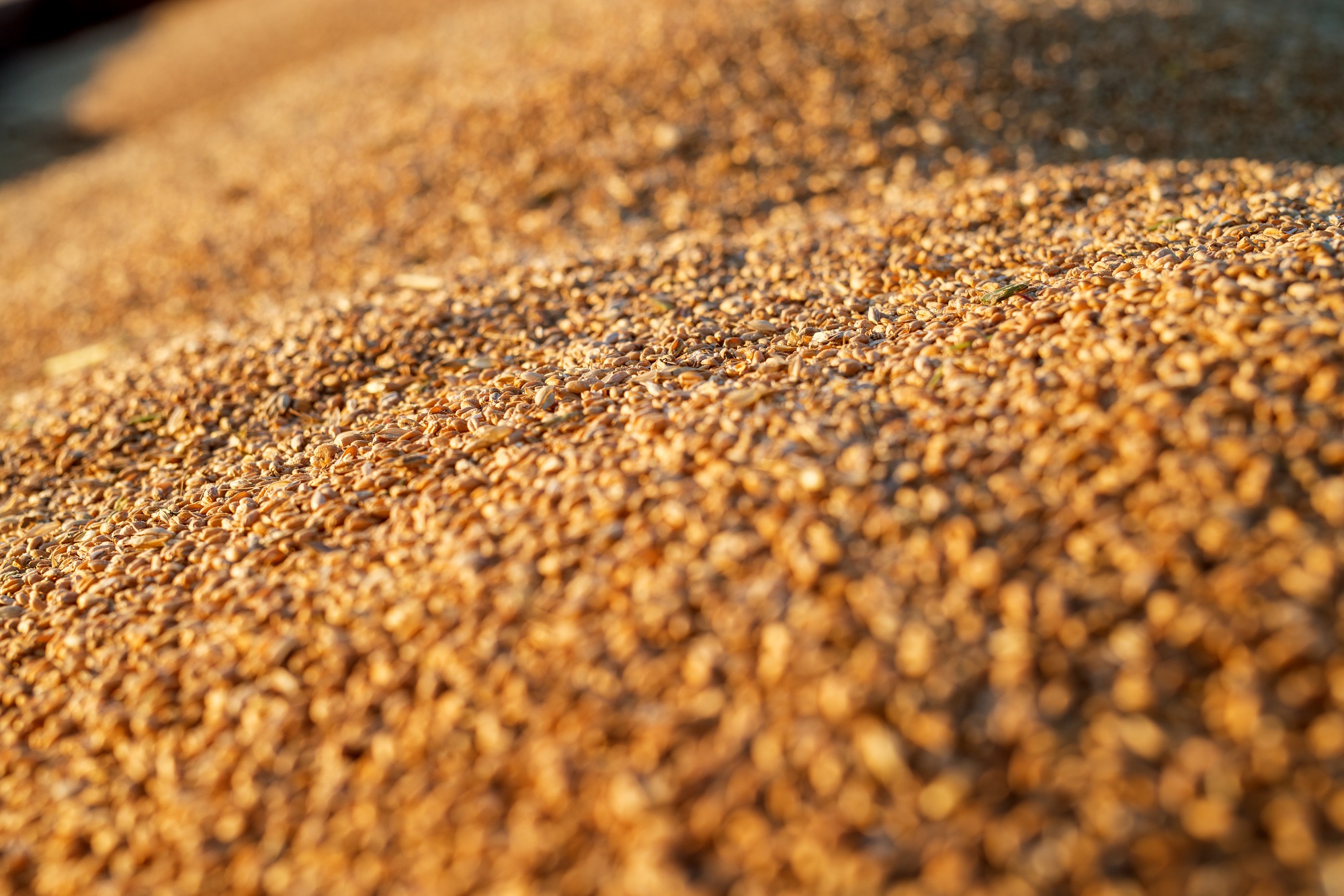
With fertiliser prices remaining high, and grain prices still rising, crop physiologists at ADAS say farmers can no longer afford to ‘guesstimate’ their crops’ nutrition and are urging farmers to measure their fertiliser performance with grain analysis and benchmarking.
Crops primarily require nutrients through April and May when leaf canopies are expanding, and again for high yielding crops through June and July to feed grain nutrient storage. Farmers will need to have established soil supplies or applied extra nutrients in advance of these times, maybe supported by soil and leaf analysis. But how can you tell if nutrition was right in each field? The best time to assess nutritional success is at harvest through grain analysis which measures final capture of each nutrient by each crop.
Dry spring hampering nutritional uptake
ADAS’s grain analysis and benchmarking service ‘YEN Nutrition’ has identified that farms often differ in their nutritional success. Most crops submitted for analysis after harvest 2021 – over 80% – had nutritional concerns, with management either being overly generous or consistently stingy one or more of the 12 essential nutrients. Lower than optimal levels for Nitrogen, Sulphur and Manganese were evident across crop samples, leading ADAS crop physiologists to suggest the dry spring conditions of 2021 may have limited the crop’s ability to absorb these nutrients.
Grain phosphorus and potassium on the other hand were found to be variable and mainly less than assumed in RB209 (5.5 kg/t K2O). It can be estimated that farms with land needing maintenance dressings (soil P&K less than Index 3) benefited by £100 per average 10Ha field in 2021. With current 2022 prices, that benefit rises by £350.
Understanding farm-to-farm variability
Farm-to-farm differences were significant for N, P and K concentrations in grain, as well as for grain yield. Surprisingly, little variation in grain nutrients was explained by soil analysis (pH, P, K, Mg) so grain analysis is telling farms how their crop and soil management is affecting each crop’s ability to capture each nutrient.
“The 2022 price hikes for both fertilisers and grains have massively increased the importance of getting nutrition right field by field. Grain analysis can now identify whether any particular nutrient was limiting in any crop and benchmarking can show what the causes were. Putting these together could now transform most farms confidence in profitable crop nutrition” Roger Sylvester-Bradley, Head of Crop Performance at ADAS said.
Roger added “We estimate average financial uncertainties in fertiliser decisions are now around £1,600 per field. But you can’t manage, or improve, what you don’t measure, and compare. Surely, nutrient monitoring at harvest is a no-brainer?”
“YEN Nutrition results lead directly to actions – like changing our Manganese doses to match crop needs. We have moved to making field-by field decisions instead of a blanket approach” said James and Michael Parker, Sherwood Farms, Leicestershire and YEN Nutrition customers.
